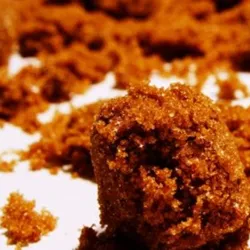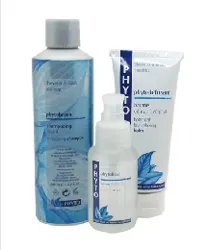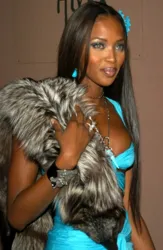
Determining Hair Damage
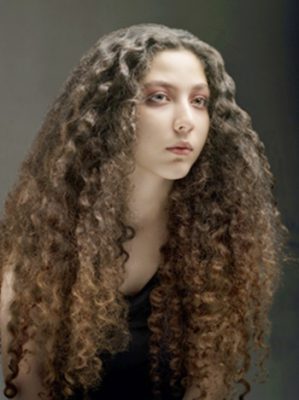 Determining Hair Damage - Image by Hadis Safari by Unsplash.com
Determining Hair Damage - Image by Hadis Safari by Unsplash.comA common sign of hair damage is often some level of dryness.
Hair can be genetically predisposed towards dryness.
1. Dry To Very Dry Strands
Dry hair can range from slightly dry to extremely dry. This is above and beyond genetic predisposition.
The easiest way to describe dry hair is that it most likely feels rough. scratchy or like sand paper to the touch.
2. Damaged Dry Hair
Damaged dry hair may also have a tendency towards excessive puffiness, frizz, tangling, brittleness and breakage.
Dry hair occurs when the hair is moisture challenged.
Hair requires a good moisture balance to avoid the development of damage.
3. Excessive Elasticity
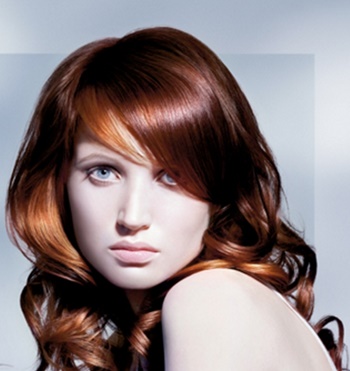 Determining Hair Damage - Image By Goldwell Haircolor - All Rights Reserved
Determining Hair Damage - Image By Goldwell Haircolor - All Rights ReservedElasticity is the hair's ability to stretch and then return to normal. When hair is damaged it is overly elastic.
This means that may the hair may stretch much further than normal (and healthy) and may not return to normal, leaving it more prone to breakage.
4. Overly Porous
Porosity is the ability of the hair to absorb water or other liquids including hair color and other chemicals. When hair is damaged the porosity levels are out of normal alignment.
The result? Hair may have absorption issues. It may over or under absorb water, hair color, conditioners or other liquids.
Over porosity can manifest as hair color that can't be properly absorbed and runs almost instantly off the hair or hair color that is absorbed too deeply and processes too quickly.
It can also mean hair which feels water logged or sponge-like when cleansed.
Additionally it can also mean hair color which fades quickly or becomes brassy or discolored.
5. Limp, Lank, Oily Tresses
When hair is severely damaged it can become over porous.
 Determining Hair Damage - Photo by Ali Pazani on Unsplash.com
Determining Hair Damage - Photo by Ali Pazani on Unsplash.comIf hair is overly porous any type of conditioners may be absorbed too deeply into the hair shaft.
As a result, the conditioner may leave a slick finish which can't be easily rinsed off.
In that situation hair is over conditioned with a filmy build-up.
It may leave hair lank, limp and weighed down. Sometimes it may appear oily or greasy as a result of the build-up.
6. Hard Tresses
Damaged hair which is treated improperly with protein treatments may actually development a hard or crunchy texture which makes hair difficult to detangle or style.
In some cases extremely damaged hair can develop more than one type of damage and may appear fried.
 Determining Hair Damage - Photo by Aiony Haust on Unsplash.com
Determining Hair Damage - Photo by Aiony Haust on Unsplash.comHair which become sponge-like when wet, develops a hard outer shell or stretches excessively is an easy tip-off of serious damage.
In other cases hair which is over-porous may or may not be obviously damaged and may only come to light when hair coloring is attempted.
What Should You Do To Determine If Hair Is Damaged?
How do you determine conclusively that your tresses are damaged?
Consult with a professional hairdresser for a complete hair check-up.
Another way to determine whether your hair is damaged is to evaluate how your hair is behaving and whether it feels dry, is tangling more often or has any of the other symptoms listed above.
Other Types Of Hair Damage?
Are there other ways of determining hair damage? Please share your thoughts with me.
Have you experienced other symptoms not listed here?Social Media Network Information
Please follow us on Twitter at: https://Twitter.com/HairBoutique. I look forward to meeting new people from all walks of Twitter and learning from their Tweets.


